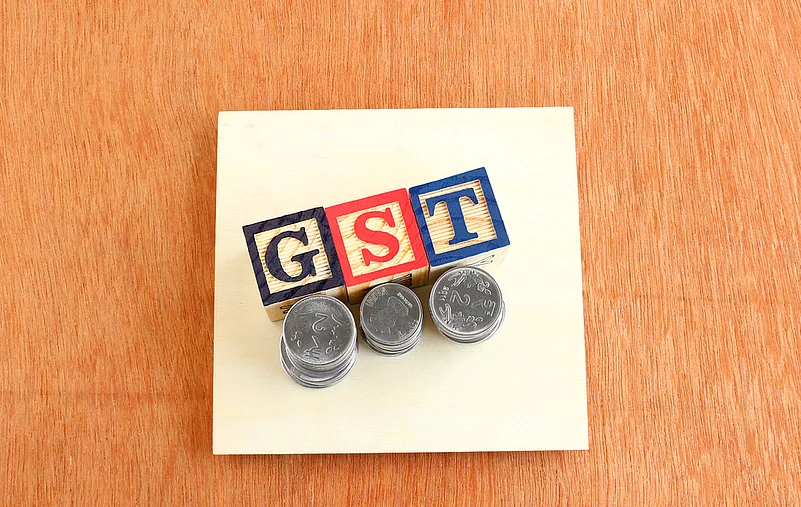It was on July 1, 2017 that India transitioned from being an economy with a complex taxation system with dozens of taxes and cesses to having what was touted to be a “good and simple tax” through one of the biggest economic reforms India has seen. Two years have passed since then and the Goods and Services Tax (GST) has seen a lot of changes and what we have now is a tax which has reduced burden on the common man. On the two-year anniversary of GST, we take a look at what it has achieved, what lies in future and where is the room for improvement.
Advertisement
Many experts feel that the entire process appears to be mid-way as on date and while a lot has been done, there is still much more to achieve.
Parag Mehta, Partner, N.A Shah Associates LLP, says that GST has formalised the unorganised sector to a large extent resulting in increase in tax base, and with many of the local, state and Central taxes having been subsumed, this has resulted in significant benefits.
“Tax leakages have been blocked substantially due to invoice matching system and introduction of e-way bills. Further abolition of octroi check posts has ensured the smooth movement of goods between different states. Unlike the pre-GST era, the rate of tax on goods and service is fixed throughout India,” he says.
Advertisement
Romesh Tiwari, Head of Research, CapitalAim, says while it was a herculean task to bring all 29 states and seven Union Territories, with their own local sales and other taxes, under one umbrella of GST, India is still far from finished. He says while a lot has been done to achieve the objective of one nation, one tax but still, the procedures and system are unfair towards small stakeholders and businesses who are disproportionately burdened with complications and technological glitches.
“Going forward, I expect GST rates to become a stable and simplified procedure for registration, returns, input credit and refunds. Tax rate slabs should be limited to less than five as against at present more than 10 rates on different products and services. Electricity and Petroleum products should be brought under GST to avoid the cascading effect of taxes, as these are used as input by the majority of manufacturers and service providers. Technological improvement is badly needed, as it is common to see the server crashes on the last dates of returns. Mobile and web apps can help greatly to simplify it all,” he said.
Ranjeet Mahtani, Partner, Dhruva Advisors, says the report card after two years looks good with collections peaking and the ITC backbone stabilized.
“On the ground, taxpayers and officers have come to grips with this regime, which has improved the ‘ease of doing business’ in India,” he says.
He adds that one important area of attention going forward is formulation of rules to compute profiteering by entities.















 Just one email a week
Just one email a week